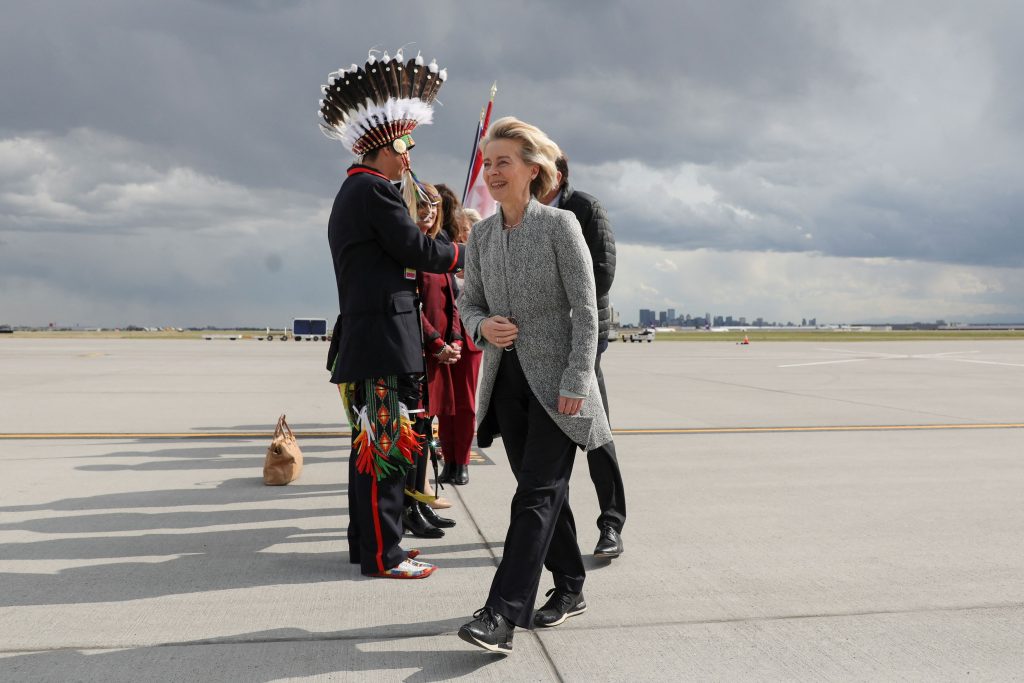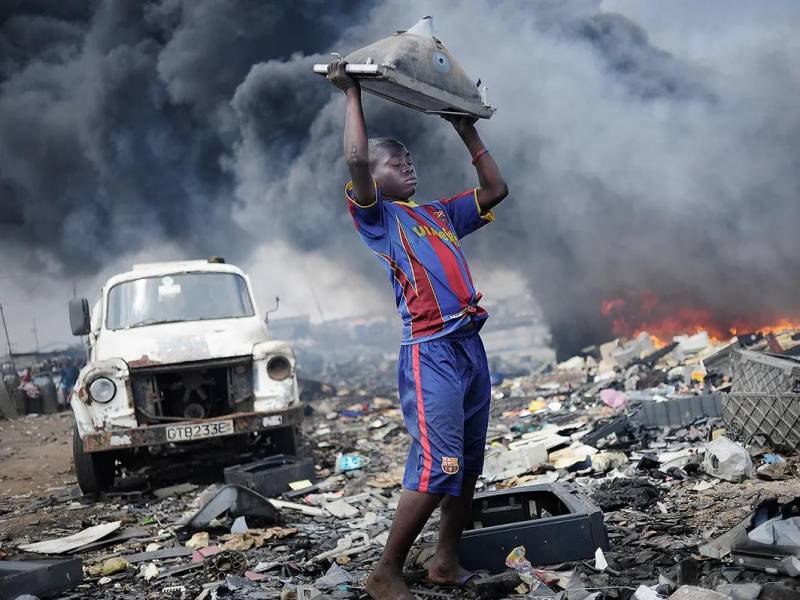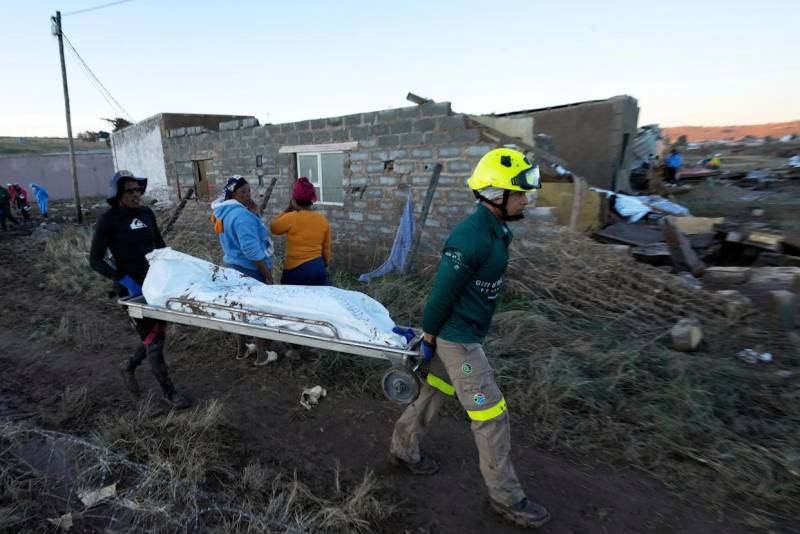World leaders have begun arriving in Alberta’s picturesque Kananaskis region for the 51st G7 Summit, running June 16–17, 2025. As delegates land in Calgary and make their way to secure mountain lodges, Canada braces for two days of high-stakes diplomacy against an increasingly fractured global backdrop. From handling trade tensions to navigating Middle East crises, this summit introduces a fresh twist: a deliberate shift away from issuing a joint communique, reflecting deep divisions among member nations. Canada’s new prime minister, Mark Carney, now five months into office, has prioritized stability and consensus. Hosting in Kananaskis—a location echoing the remote 2002 summit—Carney aims to avoid replicating the 2018 summit’s discord, where President Trump abruptly withdrew endorsement of the final statement . Instead, Carney is opting for targeted summaries and robust bilateral talks, hoping to preserve diplomatic momentum without a public spectacle.

Read Also: Fela Grammy Hall of Fame Honor

The summit’s agenda is dense: war in Ukraine, escalating Israel-Iran tensions, trade friction, climate change, and global economic anxiety. With fresh Israeli and Iranian airstrikes reported just before delegates met, the conflict is sure to top the agenda . British PM Keir Starmer, en route to Alberta, emphasized the urgent need to de-escalate and reaffirm Israel’s right to defend itself without igniting further escalation .
Meanwhile, U.S. President Trump’s arrival in a “Make America Great Again” cap sets a provocative tone. His previous provocative remarks—joking that Canada might become the “51st state” and his interest in buying Greenland—loom large over proceedings. Trump’s recent veto of an Israeli strike plan against Iran’s supreme leader signals a more assertive stance in Middle East diplomacy . Adding to the complexity, invited heads of state—including Ukrainian President Volodymyr Zelenskyy, Indian Prime Minister Narendra Modi, South Africa’s Cyril Ramaphosa, Brazil’s Lula, Australia’s Albanese, Mexico’s Sheinbaum, and South Korea’s Lee—are all converging on Kananaskis for one-on-one and small group discussions . Zelenskyy’s expected meeting with Trump is particularly pivotal, following their tense encounter in Washington earlier this year .
Trade remains a central fault line. The U.S. continues to uphold high tariffs on steel, aluminum, and autos, pressuring allies including Canada, Japan, and the UK . Germany’s Chancellor Friedrich Merz warns that Middle East escalation could derail trade deliberations. Meanwhile, Britain and the U.S. last month struck a deal to ease tariffs on autos and steel, though implementation is still pending . On the economic front, Carney is steering the summit toward themes like critical mineral supply chains, artificial intelligence regulation, immigration reform, drug trafficking, and energy resilience. His leadership will be considered a test not only of Canada's global standing but also of Western unity under increasing pressure .
Summit logistics add another layer of intrigue. Mounties in scarlet patrol Calgary’s tarmac as leaders deplane, while deeply remote Kananaskis lodges echo with security measures reminiscent of the 2002 peak of police coverage and air patrols . Protest zones are established outside Banff and Calgary, though prior experience shows demonstrators tend to remain peaceful . This year’s G7 will test the resilience of global alliances in unprecedented fashion. Not only will it examine Canada’s leadership under Carney, but also the durability of collective responses amid trade wars, unstable geopolitics, and a U.S. presidency marked by unpredictability. As the summit enters its critical phase, attention will be on whether the G7 can deliver meaningful progress or fragment further under the weight of discord.



